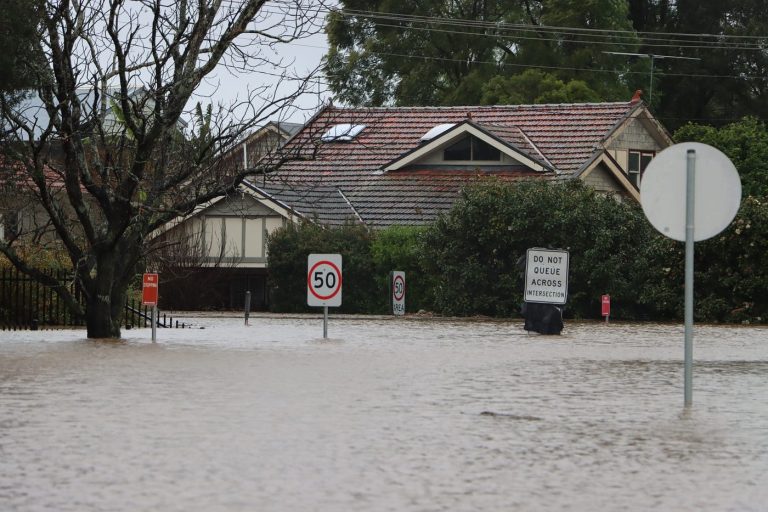In the wake of any natural disaster like flooding, returning normalcy to your life and home demands extra effort and strategic planning. It’s crucial not only to clean your home but also to maintain its health, ensuring it is free from any secondary problems that could follow flooding.
Statistics reveal that nearly 14,000 people in the U.S face a water damage emergency each day. The major share of these emergencies includes floods that pose a serious threat to the health of homes and families residing there. Let us glean through some important steps you should consider when maintaining a healthy living environment post-flooding.
Understand the Severity of the Situation
You need to grasp the severity of the situation, before making any move towards repair and restoration. This involves assessing not only visible damages but also potential unseen threats like mold growth, contamination, structural failure, etc., responsible for taking a toll on a home’s health. These subtle yet detrimental aspects can compromise your family’s well-being if left unchecked.
Seek Help from Professionals
When dealing with something as sensitive as post-flooding maintenance, you should rely on professional assistance. The Water Damage Specialist is there for you to help deal with these situations systematically and scientifically. They possess a sound knowledge of effective cleaning practices, advanced tools, and the ability to efficiently inspect for hidden damage.
Eradicate Moisture Completely
It is impossible to overlook the importance of completely eradicating moisture from your flooded home. Damp areas favor mold growth which can potentially initiate health concerns among residents. Efficient ventilation and dehumidification are key aspects in achieving desired dryness levels.
Avoid Structural Deterioration
The structural integrity of your home may suffer post-flooding, leading to serious safety concerns. Hence, make sure that all the brackets, beams, joint components, etc., are thoroughly checked and fixed if any damage is detected.
Disinfect Your Home
Floodwaters carry a host of pollutants and bacteria which can lead to epidemics. Once your home dries up, use high-quality disinfectants to cleanse each corner.
Inspect Electrical Systems
Your electrical system might bear severe brunt upon flooding. Review the wiring, circuits and other components for any signs of damage. Only once the entire system has been deemed safe should you turn on the power.
Check for Gas Leaks
In addition to electrical concerns, check all your gas connections as well since flooding could potentially give rise to hazardous gas leaks.
Address Mold Development
Mold is an unwelcome guest in waterlogged homes. Besides causing significant health hazards like allergies, respiratory issues and more, it can also degrade floors, walls and furniture. Opt for professional inspection and treatment services for comprehensive eradication.
Clear Out Mud and Residue
The muddy residue left behind by floodwaters can house many parasites and bugs. Start off the cleaning process by removing this mud along with any debris that has entered your home.
Clean Your HVAC System
A clean heating ventilation and air conditioning (HVAC) system is essential in maintaining indoor air quality. Floodwater may have contaminated this system with dirt or harmful bacteria. Therefore, arrange for professional HVAC cleaning services soon after the flood recedes.
Prioritize Personal Safety
In your quest to restore healthy living conditions after a flood, do not compromise personal safety. Wear protective gear like gloves, face masks and rubber boots while cleaning. Remember, prevention is better than cure.
Keep a Tab on Air Quality
Your indoor air quality can be compromised in the aftermath of a flood. Air quality testing will offer valuable insights into potential problems which justify immediate attention for maintaining a healthy environment.
Dispose of Damaged Items Responsibly
Flood-damaged items not salvageable need to be disposed of in an environmentally responsible manner. Do not clutter your property with waste materials, promptly sort out and dispose of them properly.
Prevention is the Way Forward
You should make efforts towards flood-proofing your home to prevent such disasters in the future. This could be reinforcing your basement, elevating your utilities or acquiring good homeowners insurance coverage.
A Word on Insurance
Often overlooked but extremely important is dealing with insurance after a flooding event. A sound insurance plan can cover costs incurred for repairing and restoring your home’s health. Make sure to contact them immediately, document all damages and understand what is covered in your plan.
Stay Calm and Organized
Panic will serve no good purpose in any emergency situation. Try to stay as calm as possible throughout the recovery process and approach the task systematically for effective handling.
The Wrap Up
Maintaining a healthy home post-flooding is undeniably arduous but absolutely necessary. By practicing utmost caution, seeking professional assistance when required, and implementing preventive measures, you can return your home back to a healthful living condition.

